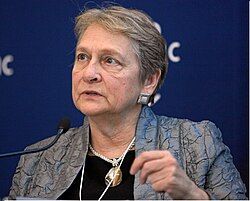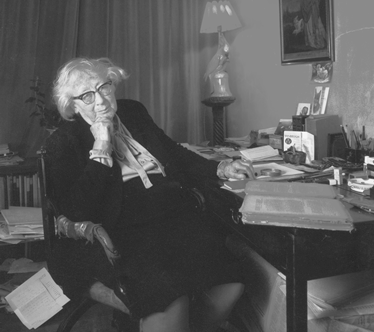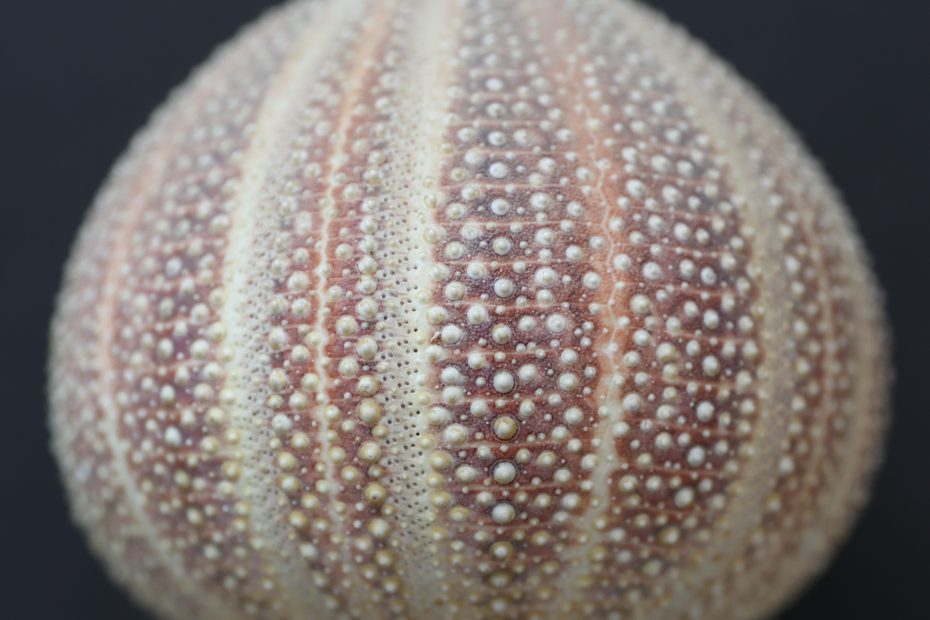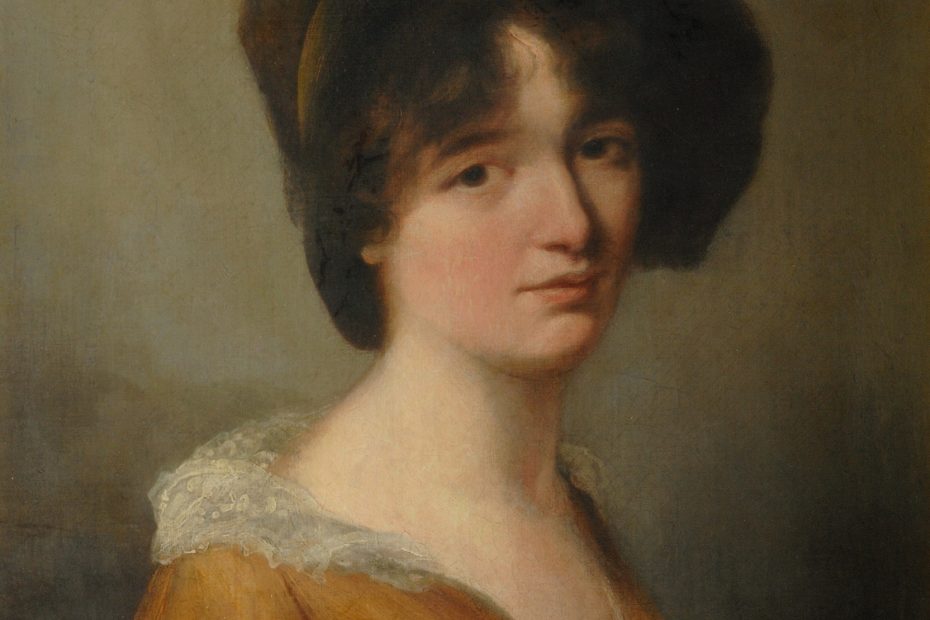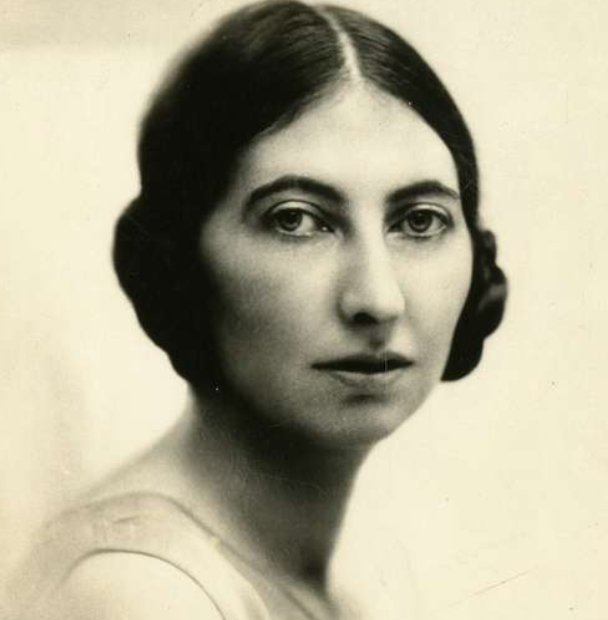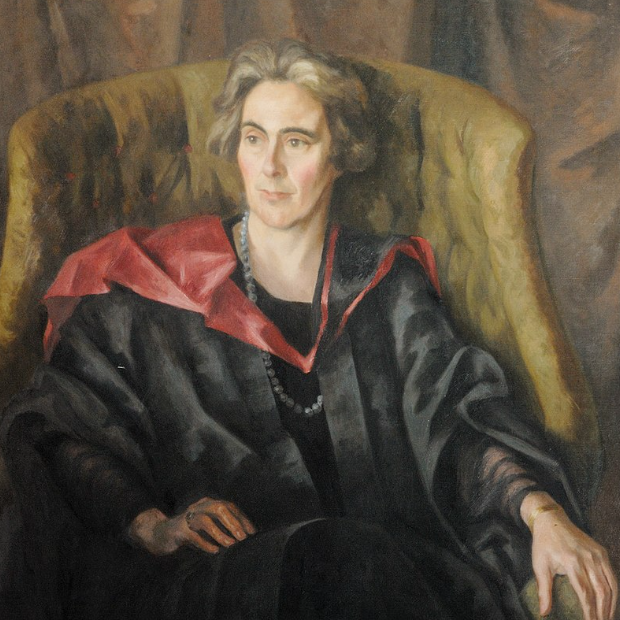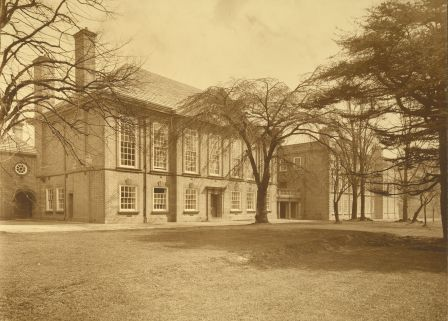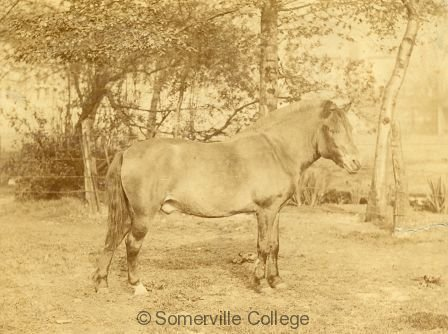Laura Liswood Archive of Women World Leaders
Between 1992 and 1996 Laura Liswood interviewed 15 women world leaders as research for her publication ‘Women World Leaders’, and subsequent documentary of the same title. She went on, in 1996, to co-found the Council of Women World Leaders, of which she is now Secretary General. These 15 interviews, plus others carried out in subsequent years by Liswood, form the… Read More »Laura Liswood Archive of Women World Leaders
